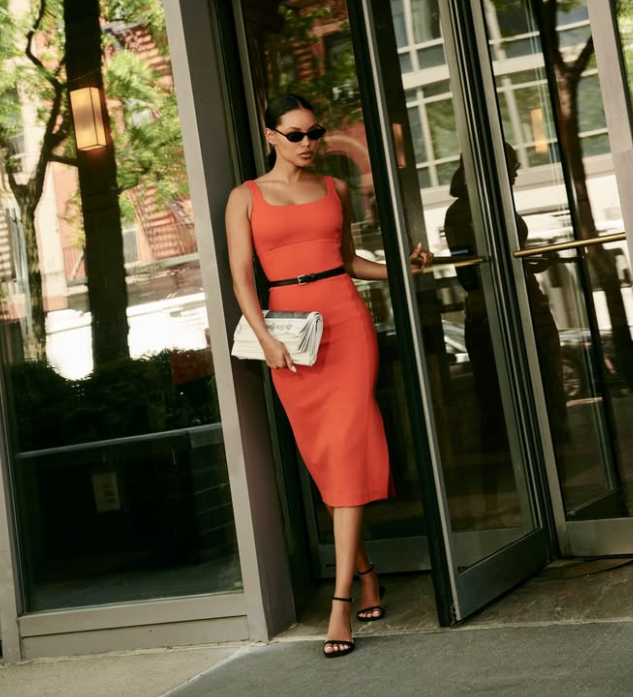Red is one of the most attention-grabbing colors in the spectrum. It's bold, vibrant, and packed with emotion. From fast food chains to tech giants, red is a color that plays a powerful role in branding and advertising. But why is red so effective in influencing consumer behavior? Let's dive into how this color has become a cornerstone in some of the world's most iconic brands and advertising campaigns.
1. Red: A Color of Passion and Energy
Red is often associated with intense emotions—passion, love, excitement, and energy. These emotional connections make red an ideal choice for brands aiming to evoke enthusiasm and drive action. Whether it's the love conveyed by a Valentine's Day ad or the urgency of a limited-time offer, red captures attention and sparks action.
Take Coca-Cola, for instance. The brand's use of red is iconic. It's bold, exciting, and instantly recognizable. Red not only helps Coca-Cola stand out on a crowded shelf but also ties into the brand's message of happiness, sharing, and celebration. This emotional link has been ingrained in the consumer's mind for generations.
2. Red in Food and Beverage Advertising
The food and beverage industry has mastered the use of red to stimulate hunger and excitement. It's no coincidence that McDonald's, KFC, and Pizza Hut prominently feature red in their logos and advertisements. Red is known to stimulate appetite, making it the perfect color for fast-food chains aiming to capture the attention of hungry customers.
Red also signals urgency—something many brands use in flash sales or limited-time promotions. Just think of how many times you've seen "50% OFF" or "Limited Time Only" in bright red text. The color makes the offer feel more immediate, urging consumers to act quickly.
3. Red in Tech and Entertainment
Not only is red used in the food industry, but it also plays a significant role in the tech and entertainment sectors. Take Netflix, for example. Its use of red is synonymous with entertainment, comfort, and relaxation. The bright, eye-catching hue evokes a sense of urgency to watch the latest series, pushing subscribers to dive into the content and binge-watch their favorite shows.
Similarly, YouTube uses red to make its logo and interface stand out. The color's energetic nature makes it easy for users to notice the platform's content and encourages them to engage more with videos, whether it's subscribing, liking, or commenting.
4. Red in Luxury and Fashion
Surprisingly, red is also used in luxury branding. Think of Ferrari, Chanel, or Louboutin—brands that use red not just as a color but as a symbol of exclusivity, power, and sophistication. Red, in this context, conveys a sense of boldness and confidence. It’s not just an attention-grabber, but a statement that aligns with a luxurious and high-end image.
Chanel’s use of red, for instance, adds a layer of timelessness to their brand while still maintaining its bold and avant-garde presence. The color becomes part of the brand's identity, further emphasizing its exclusivity.
5. The Psychological Impact of Red
So, why does red have such a profound impact on consumers? The psychological effects of red are well-documented. It triggers excitement and stimulates energy. This color can increase heart rate and blood pressure, making us more alert and active. In the realm of marketing, this means that red is incredibly effective at drawing attention to products and advertisements.
However, it's not just about excitement and urgency. Red also signifies power, confidence, and courage—qualities many brands aim to evoke. Brands that use red often want to appear assertive and dominant in their industries, whether it's in fashion, tech, or food.
6. Conclusion: Red, the Color of Action
Red's significance in branding and advertising is no coincidence. It is a color that embodies passion, urgency, and confidence. Whether it's sparking hunger, pushing consumers to make a purchase, or conveying a sense of luxury, red holds a powerful place in the marketing world.
By using red in creative and strategic ways, brands can effectively capture attention, trigger emotions, and drive action. It's a color that doesn't shy away from making a statement. The next time you see red in a brand's logo or advertisement, you'll know exactly why it's there—because it works.
















